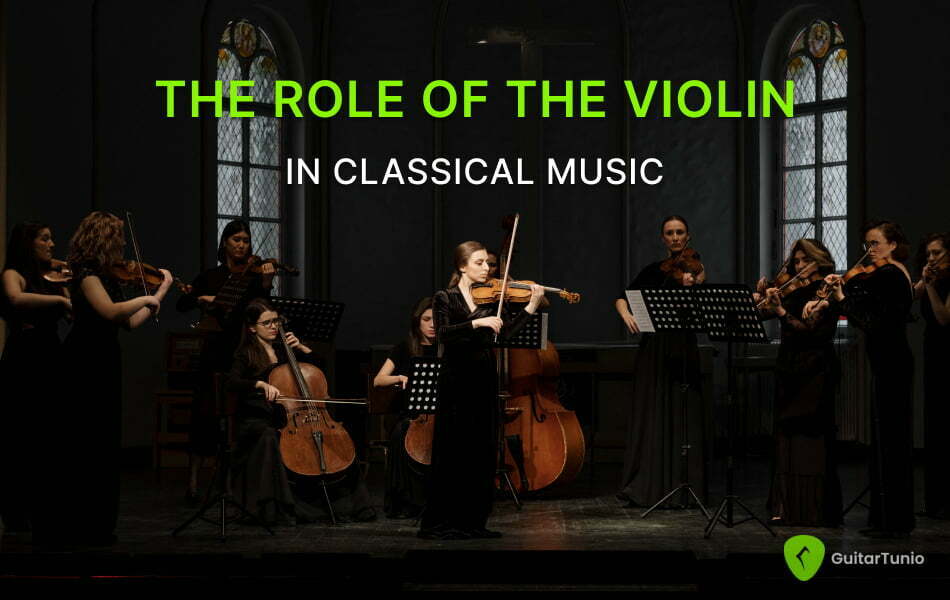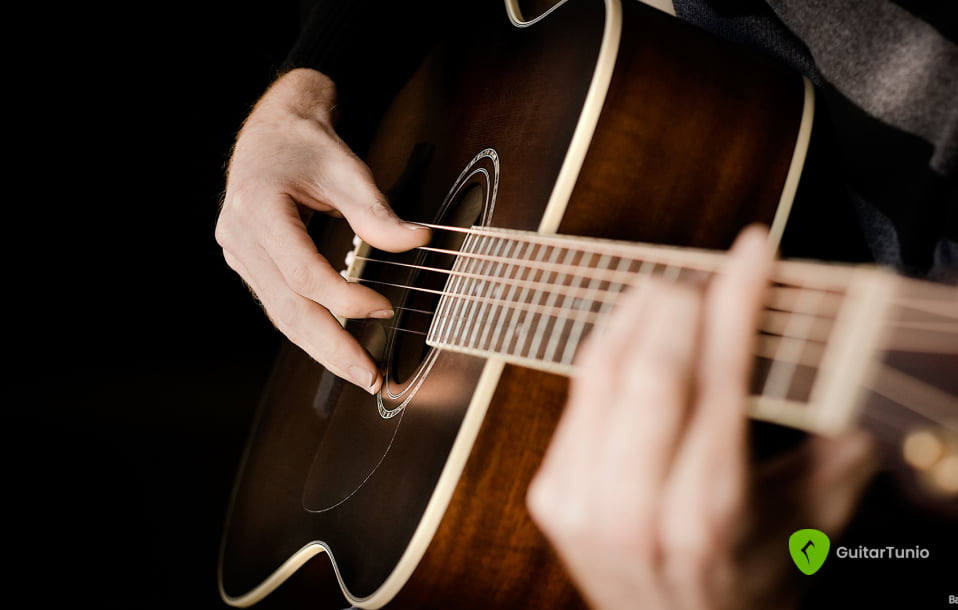The Role of the Violin in Classical Music
The violin is one of the most important instruments in classical music. With its rich and expressive sound, it has been a favorite among talented composers and musicians for centuries. In this article, we’ll explore the violin’s role in the development of classical music.
The Role of the Violin in Classical Music’s Growth
During the Baroque era, the violin was mainly used as a solo instrument, and composers such as Antonio Vivaldi and Johann Sebastian Bach wrote numerous violin concertos and sonatas. These works showcased the instrument's technical capabilities and expressive qualities, as well as contributed to the violin's emergence as a solo instrument in its own right.
In the Classical period (1750 - 1820), the instrument began to play a more prominent role in orchestral music. Famous composers such as Wolfgang Amadeus Mozart and Ludwig van Beethoven wrote symphonies and chamber works that prominently featured the violin. The tone of the violin stands out above other instruments, making it often used to play the melody line and main theme of a piece. Its rich, singing sound added depth and emotion to the music.

The violin took an even more prominent position in classical music during the Romantic period, with works by authors like Johannes Brahms and Pyotr Ilyich Tchaikovsky showcasing the instrument in virtuosic and emotive solo passages. The D major violin concertos by Tchaikovsky and Brahms are two well-known violin concertos from this era.
In the 20th century, the violin continued to evolve and inspire new generations of composers and musicians. Composers such as Igor Stravinsky and Béla Bartók incorporated the violin into their works, using its unique sound to create innovative and avant-garde music. The violin also played a key role in the development of chamber music, with string quartets and other small ensembles becoming increasingly popular throughout the century.
Today, the violin remains an essential part of classical music, and is used in a wide variety of contexts, from solo performances to large symphony orchestras. Many contemporary composers continue to write works that prominently feature the violin, and new virtuosos emerge every year, showing the instrument's continuing popularity and importance in classical music.
Conclusion
In summary, violins have played a vital role in the growth of classical music, from its early days as a solo instrument in the Baroque period to its current role as an integral part of the symphony orchestra. Its amazing sound has inspired countless composers and musicians, and its legacy continues to influence classical music today.
In the Pro Guitar Tunio app, we featured a reliable and accurate tuner for violin and other instruments in the violin family such as viola, cello, fiddle, etc. Click here to read more about it. And don't forget to visit our blog to see more useful articles about the violin.








